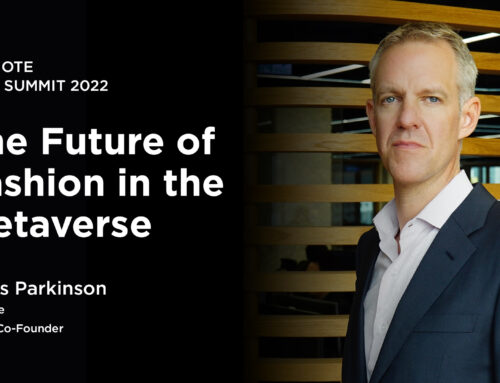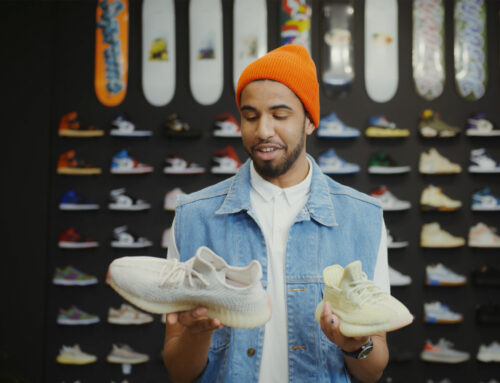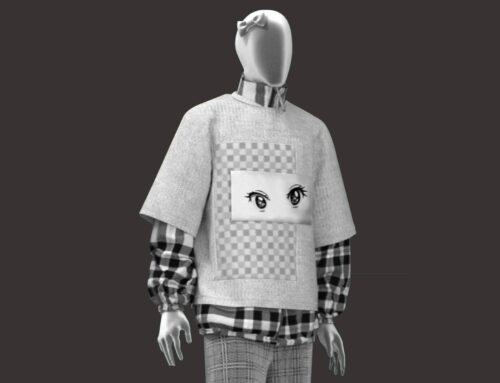How Virtual Fitting Supports Size Inclusivity
April 10, 2021
Everyone deserves to dress in clothing that is comfortable, flattering, and fashionable but this can be easier to achieve for certain body shapes and sizes than others. Why virtual fitting plays an important role in the body-inclusive retail environment?
Everyone deserves to dress in clothing that is comfortable, flattering, and fashionable but this can be easier to achieve for certain body shapes and sizes than others. The outfits displayed on the catwalks are best showcased on a body shape idealized by the fashion industry yet not shared by the average woman. This can deter sales as the clothing on display rarely looks as flattering on the actual customer as it does on the model.
What does size inclusivity mean?
Contrary to what media and magazines have us believe, the most common clothing size in the United States is a US size 16 – which is considered to be a “plus-size.” Because fashion retailers have not catered to these sizes in the same way they cater to smaller sizes, an enormous number of would-be shoppers are left with poor options when it comes to finding clothing that is both fashion-forward and flattering to the fuller figure. Fortunately, size inclusivity is growing as a movement with the result that designers and retailers have ramped up their efforts to provide stylish clothes that are also a good fit for larger figures.
Size inclusivity means giving women (and men) of any size access to the full range of clothing created by a particular brand, rather than offering a separate (and often less fashionable) “plus-size” line for those over a particular size. This body-positive revolution has been driven by changing attitudes whereby larger women are embracing their stature and demanding clothing that both compliments their shape and is fashionable. Retailers are responding with new lines and more size-inclusive policies but, as with any change, there are also new challenges. Read on to find out how virtual fitting will be a boon in this new body-inclusive retail environment.
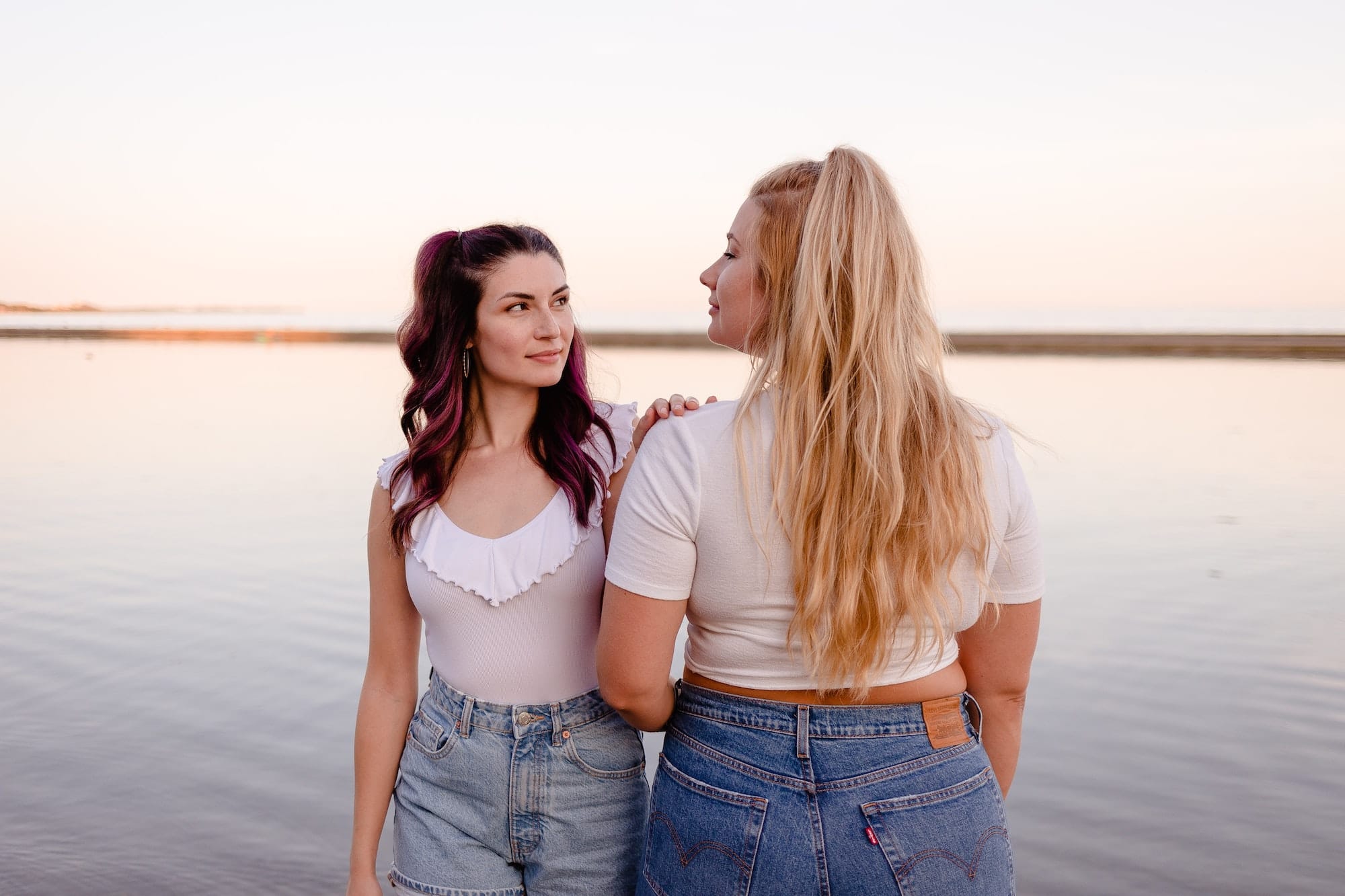
The struggles of delivering on the size inclusivity promise
Fashion retailers are faced with changing trends all the time and adapt fairly easily, yet many are struggling with how to best serve the extended-sizing plus-size market. Instead of simply looking at this population as another niche market similar to Petites, for example, brands tend to let their extended sizing lines, and customers, fall by the wayside.
Some of the key challenges retailers face when it comes to size inclusivity are:
- Ineffective marketing – many stores just don’t get the messaging right when it comes to being body and size-inclusive. As opposed to the glossy, slick ads used for traditional-sized clothing, the larger lines are advertised using drab and boring images, if they are even advertised at all.
- Lack of commitment to the customer – plus-size consumers feel alienated by brands that don’t use models that look like them or speak directly to them and their needs in marketing campaigns.
- Discontinue bigger styles – when times are tough and cost-savings decisions must be made, extended sizing lines are often the first to go.
- Inconsistent sizing – standard practice is that US sizes 14/16 to 24 are considered “plus-size” and anything above that is “extended-sizing.” When stores don’t make the effort to use the right terminology, consumers don’t know whether their size is carried or not.
Bottom line, retailers don’t seem to be properly considering the needs of the extended sizing market. Whether it is intentional or not, there is a significant lack of stylish and flattering options for larger women. Nevertheless, plus-size women’s clothing represents 21% of the market with sales of $28.3 billion in 2020, indicating that there is a huge upside waiting for retailers who will make the effort to understand and serve this population.
The impact on customer experience?
As a result of the lack of suitable options, shopping can be an unpleasant or downright traumatic experience for those who do not fit the traditional mold. According to Marie Denee, Publisher of the Curvy Fashionista blog, the feeling in the plus-size community is that stores are embarrassed by them and do not want to serve them, as evidenced by the fact that larger sizes are often only stocked online and not in store. As Denee said: “It’s like you’re dating us in the dark. Yeah, we can put you on our website, but we don’t want you in our stores.”
The brands that do get it right reap the benefits almost immediately. For example, when Khloe Kardashian and Emma Grede launched Good American, their size-inclusive clothing line, they sold $1 million in jeans on the first day. All they had to do was directly address the needs of the market – they focused on removing the stigma and going on the assumption that one doesn’t need to be a size 4 in order to want to wear clothes that look and feel good.
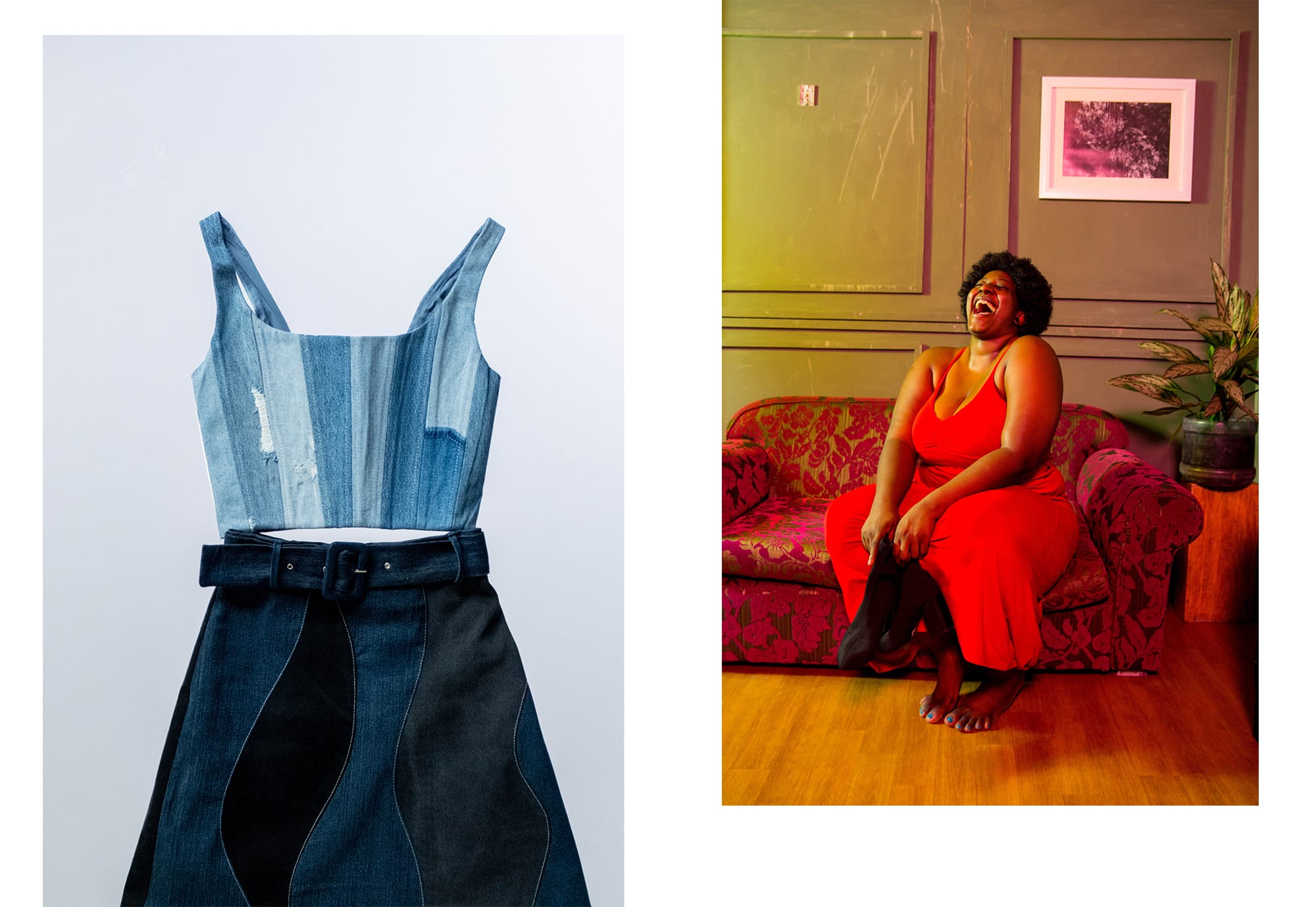
Virtual fitting to the rescue
One easy way for online retailers to make the shopping experience better and more inclusive for shoppers of all sizes is by deploying a virtual fitting room. With fully customizable avatars, consumers can clearly and easily see how a given style will look on them. All styles and designs can be offered across a range of sizes and it is up to the customer to decide whether or not it is the right look (in the privacy of their own home).
Because sizing across different brands is often inconsistent, online shopping is fraught with complications. A size 18 in one store could be a size 24 in another. By giving customers the option to virtually try on different sizes, they can see what each size would actually look like on their body and be sure to order the right size.
Size inclusivity and virtual fitting in practice
As a movement, fashion is moving towards inclusivity. Retailers are beginning to understand that all shoppers want to feel seen and have their needs met. By onboarding a virtual fitting solution, retailers can demonstrate a tangible commitment to making life easier for shoppers of all sizes. Technology will assist retailers in catering to the full range of body shapes and sizes and will allow size-exclusive retailers to offer truly size-inclusive outlets.
